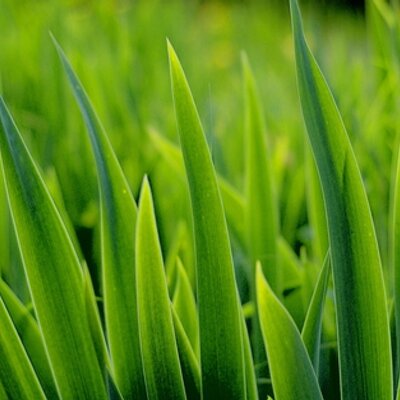Rhodes Grass
Rhodes Grass (Chloris gayana) holds a prominent position in modern agriculture due to its multifaceted contributions. As a favored warm-season perennial grass, it serves as a valuable livestock forage, providing essential nutrients for animals such as cattle, sheep, and goats. Its nutritional richness translates to healthy weight gain and overall animal well-being.
Beyond its role as feed, Rhodes Grass plays a crucial part in soil conservation. With its robust root system, it effectively prevents soil erosion by stabilizing soil structure and minimizing runoff. Its growth forms a protective barrier against wind and water erosion, while its organic matter content enriches the soil, enhancing its fertility and water retention capacity.
Rhodes Grass’s adaptability to varying environments makes it a key component of sustainable agriculture. Its ability to thrive in arid and semi-arid regions, coupled with its contributions to livestock nutrition and soil health, highlights its significance in modern farming systems. In essence, Rhodes Grass showcases the integration of livestock management and environmental stewardship, embodying the principles of efficient and ecologically sound agricultural practices.
- Description
- Reviews (0)
Description
| Specification | ||
| Dry Matter | : | 87.5 Max. |
| Crude Protein | : | 10.1 Max. |
| Crude Fiber | : | 35.3 Max. |
| NDF | : | 75.7 Max. |



Reviews
There are no reviews yet.